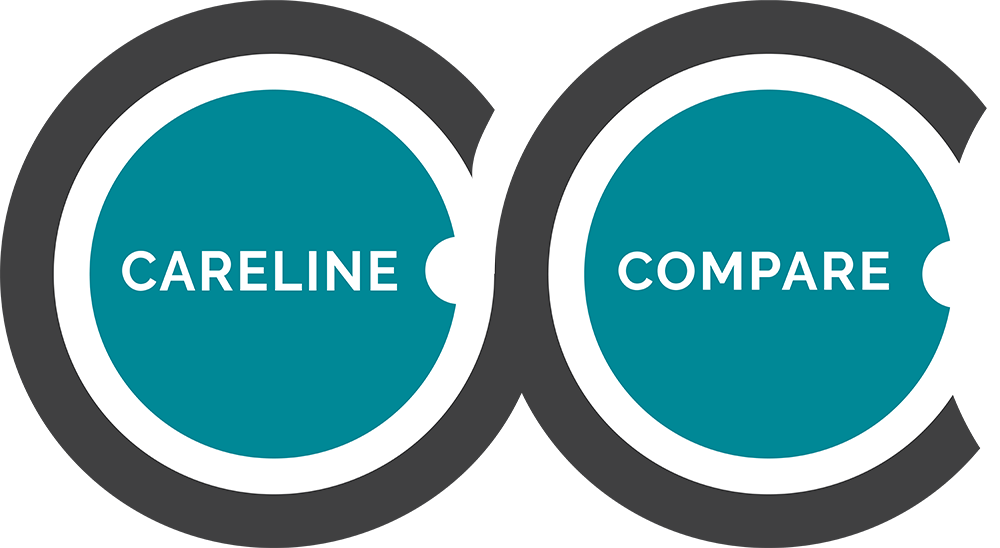
What the Cap on Care Costs Means for You
on theEarlier this year, the government announced its proposals for funding social care had passed through the House of Common. Steps are being taken towards addressing issues that have plagued the care sector, including unsustainable care costs. These steps include a care cost cap of £86,000, but what does this mean for you? Keep in mind that:
- The £86,000 cap only includes private contributions to care
- NHS funding does not cover care for dementia
- People receiving care will have to pay a “daily living allowance” of £200 per week
- Anyone with assets over £20,000 will have to contribute a “tariff income” levy which is separate to other calculations for the care cap
- The £86,000 cap is a fixed amount, unaffected by a person’s assets
- Individuals will have to pay their own top-up fees for privately funded care home placements once the £86,000 cap is reached
- Some people may need to sell their homes to cover care costs
From April 2023 no one will have to pay more than £86,000 in care costs
This means that no one receiving care will ever be expected to pay more than £86,000 for their care. However, this cap only applies to care paid for out of your own pocket. It does not cover contributions by the NHS or local authorities. This means even if the NHS pays £10,000, you may still need to pay up to £86,000.
Unfortunately, this only covers care costs alone. A daily living allowance, used on food and accommodation, is not included. There is a separate cap for this, set at £200 per week.
Moreover, people with assets over £20,000 will have to pay a levy of £200 per week.
What this essentially means is that everyone – except people with the minimum means – will have to pay £86,000 in care costs before becoming eligible for funding.
The care funding “floor” will be raised to £100,000 from April 2023
Under the current system, people with more than £23,500 in assets are responsible for all care costs. As of April 2023, however, this will be increased to £100,000. This will allow more people to retain their assets if they become eligible for care funding support.
However, if a person’s assets total between £20,000 and £100,000, the will be required to pay £200 per week.
Means tested support will be available for people with £20,000 to £100,000 in assets
Also from April 2023, people with assets between £20,000 and £100,000 will be eligible for support from their local authority. This support will be means tested. Due to the threshold for care support being raised to £100,000, more people will be eligible without having to reduce their assets.
People with less than £20,000 in assets will no longer pay for care
However, if a person has no assets but is still receiving an income, they will need to pay the tariff income contribution. This comes to approximately £200 per week.
What are the implications?
Under the new care cap, if you have more money, you keep more. This is because the £86,000 cap is a fixed amount for everyone with more than £100,000 in assets. Therefore, if you own your own home worth £750,000, paying for your own care up to the cap will leave you with £664,000.
However, the less you have the longer you will be paying for care. If you are paying for part of your care with support from your local authority, the local authority’s contributions will not count towards the £86,000 cap. Therefore, if you were paying £680 per week out of your own finances, it would take almost two years for you to reach the cap. At this point you would stop paying for your own care.
Extra help at home
If you are worried about care costs or feel you need extra help at home, consider a personal alarm. You can find out about the different alarm services available by looking at the Providers page. To find the best offer, read the Compare page. If you are unsure how to choose the right provider, check out our article on How to Choose a Personal Alarm.

